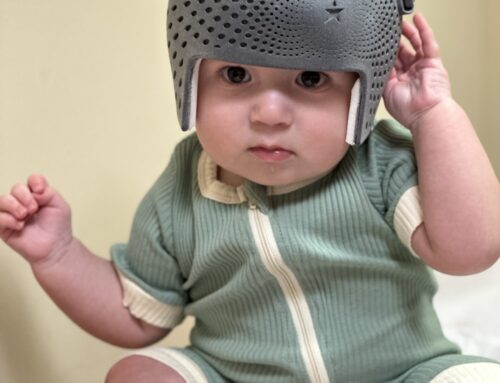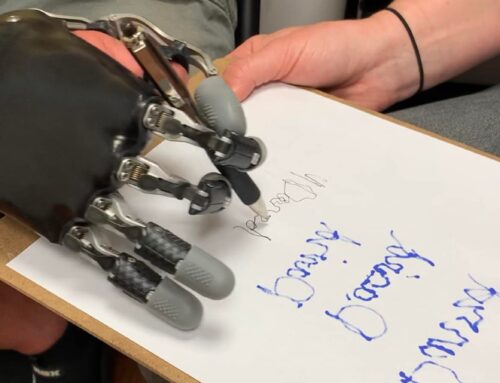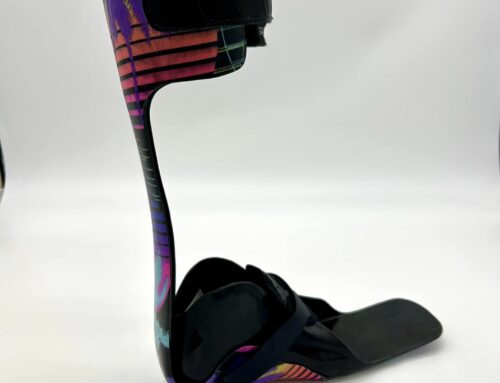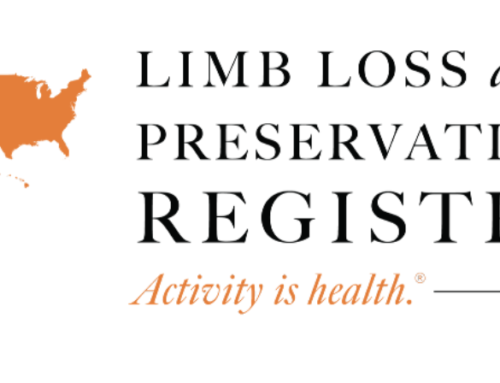If you are dealing with a workplace injury, especially one that has resulted in a permanent debilitation or amputation, it can be extremely traumatic. Understandably, both the physical and psychological impact can be huge, not to mention the emotional strain on your family and loved ones. Along with the many challenges you’ll face including getting workers compensation and the changes you’ll need to make, returning to your ‘normal’ life is an essential step in your rehabilitation and recovery process.
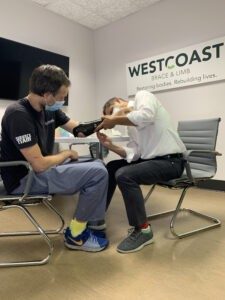
A few of these steps may include learning to drive again, exercising, and, of course, returning to work. Depending on the type of role and the nature of your workplace injury, you may be able to return to your previous job. Thankfully, due to the many advances within the field, prosthetics now allow amputees to regain much of their previous physical ability, enabling them to return to work sooner than what was once possible. And, with these massive improvements in prosthetic technologies, the durability and range of motion are nothing short of remarkable. Therefore, in many cases, employees in construction or who operate heavy machinery (where many of these injuries occur) can return to work with a prosthesis and still have nearly the same capabilities.
Important Steps To Take if You Are Injured at Work
If you are injured while at work, below we share a few important steps to follow as soon as the accident occurs:
- Seek Medical Help: The first thing to do is to get medical treatment as soon as possible. You should be driven to the hospital or the nearest ER, or someone should call an ambulance if necessary. Be sure to inform or have someone inform your supervisor or HR representative as soon as possible.
- Tell the Doctor Exactly What Happened: You will need to give your doctor a detailed account of precisely what happened that led to your workplace injury. Explain all of your symptoms and if you feel better or worse as more time passes.
- Keep Your Supervisor Up-to-Date: Make sure that you or your doctor keeps your supervisor up-to-date as to what is happening. (For example, if you need surgery, when you will have it, and if amputation is necessary.) If possible, try and stay in touch with your employer throughout your time in the hospital and during rehabilitation–this is a great way to plan ahead for your return to work.
- Take Notes of What Happened: As soon as you feel you can, be sure to take down notes of the accident. If you have hurt your writing hand or arm, ask someone else to take down notes. Recording a voice note is another good way to include all the details of that day. This will help you, your employer, and insurance providers with a detailed account of what happened that caused the workplace injury.
- Make a Workers’ Compensation Claim: You may be able to claim for workers’ compensation benefits. Workers’ compensation benefits are payments for injuries or diseases related to the work you were doing. In the US, nearly every employer is required by state law to provide workers’ compensation insurance coverage for its employees.
It’s important to note that workers’ compensation laws vary from state to state. So, be sure to understand your state laws and the various benefits available to you. On top of this, specific requirements must be met in order to be eligible to claim workers’ compensation benefits. We’ll take a closer look at some of these below.
Workers’ Compensation Eligibility Requirements: What Are They?
Requirements for workers’ compensation insurance tend to vary according to the number of employees, business type, and the work that employees perform.
However, here is a general guideline:
- You are an employee: While this may seem like an obvious one, there are some loopholes to consider. Here the term ’employee’ covers both full and part-time employees, seasonal workers, and temporary employees. However, this often excludes independent contractors and volunteers.
- You were injured at work while performing job-related duties: This is where things can get a little tricky. Sometimes injuries that occur off-site, such as driving to and from your company’s premises, can fall into a gray area.
What’s Covered in Workers’ Compensation?
Workers’ compensation usually covers the following:
- All medical expenses necessary for diagnosing and treating an employee’s workplace injury or illness
- Doctor appointments, prescriptions, surgery, and medical equipment, including orthotic and prosthetic devices
- Vocational rehabilitation benefits if unable to return to their pre-injury job
- Compensation for lost wages while off work
A Few More Important Things To Note:
- Many companies will support you with a specialized ‘Return to Work Program.’ Plus, state and federal governments have programs specifically designed to assist and make returning to work easier.
- There are many government services to assist disabled individuals in finding employment if you cannot return to your previous role.
- If you need special workplace modifications put into place, speak to your employer about these.
How We Can Help
At Westcoast Brace & Limb, we are committed to restoring bodies and rebuilding lives. We work to empower individuals with the tools they need to retain or regain their independence. Westcoast Brace & Limb creates custom braces and artificial limbs for patients with amputations, musculoskeletal and/or neurological conditions.
We also provide personalized, compassionate care for Workers’ Compensation and catastrophic care patients. Our expert team has accurately processed claims for 50 years. Our Patient Liaisons will identify tools that empower patients to lead independent lives once again. Our team encourages patients to resume activity as soon as physically possible. Our Patient Liaison team supports your Case Managers by:
- Facilitating communications
- Setting up peer visitations
- Leading our patient support groups
- Accessing community resources
We will also assign a Patient Liaison for all your Workers’ Compensation referrals. Our billing team is experienced and up-to-date on fee schedules and regulations concerning WCMSA requirements, HCPCS coding, tracking charges, and maintaining payor records.
Our practitioners provide patient care in our five Tampa Bay offices: North and West Tampa, Brandon, St. Pete, and Palm Harbor. We also have mobile units that are fully equipped with the latest technologies, so our clinicians can make critical adjustments for homebound patients in a hospital, nursing home, or assisted living facility in the greater West Central Florida area.
Contact Us Today
Our licensed and certified orthotists and prosthetists share a commitment to helping
patients return to work as soon and as safely as possible. Our bilingual team treats
all upper and lower extremity pathologies and manage complex, catastrophic cases.
We’re on-call 24/7 for medical professionals.
All of our new patients are eligible for an initial free consultation. To qualify for your free consultation, click here. To find out more about Westcoast Brace & Limb, read our various client testimonials, or find your nearest Florida location, visit our website.


